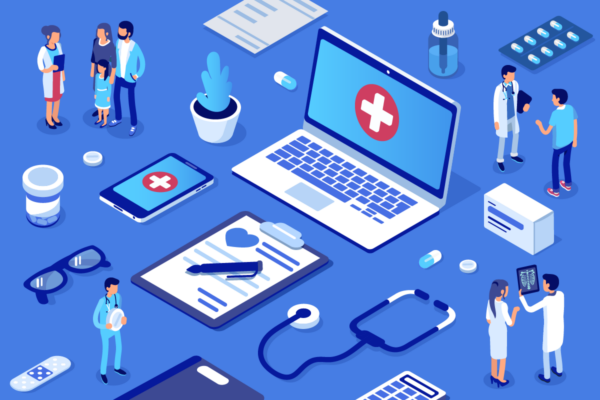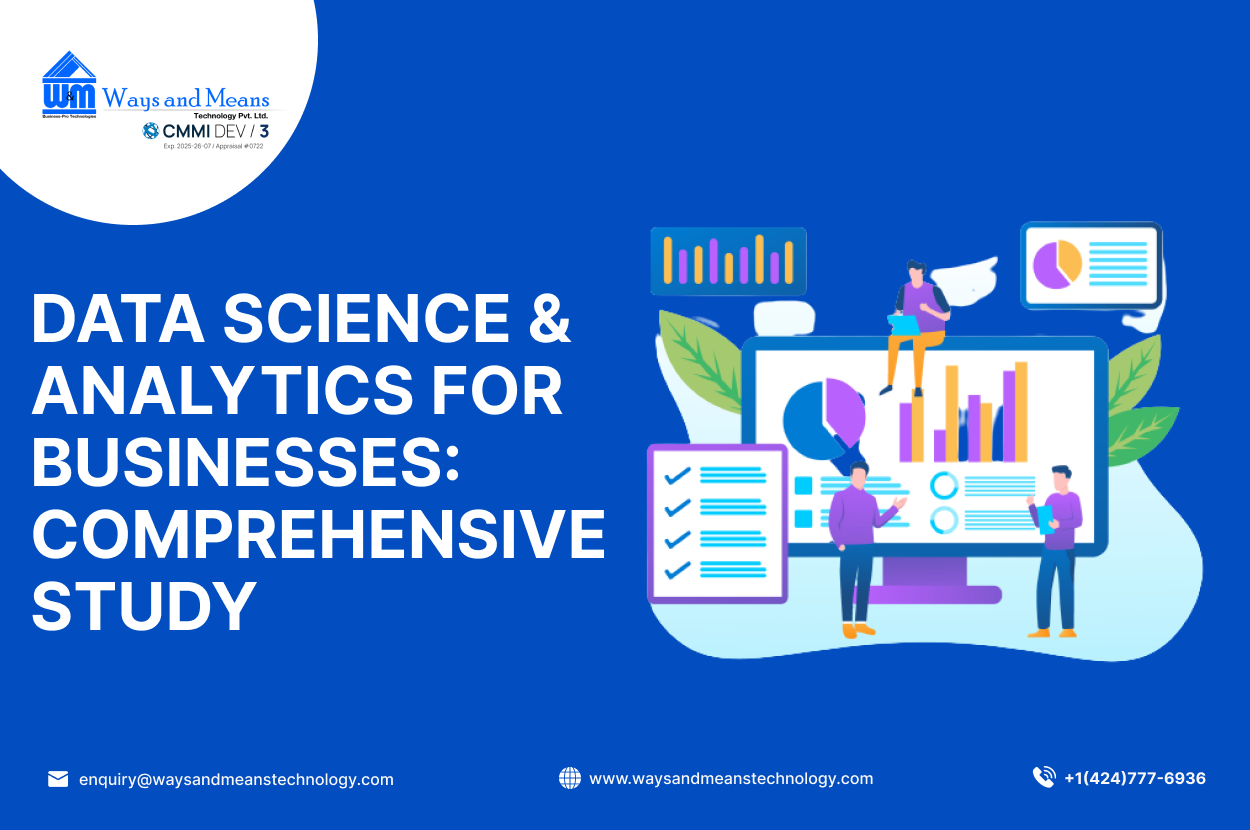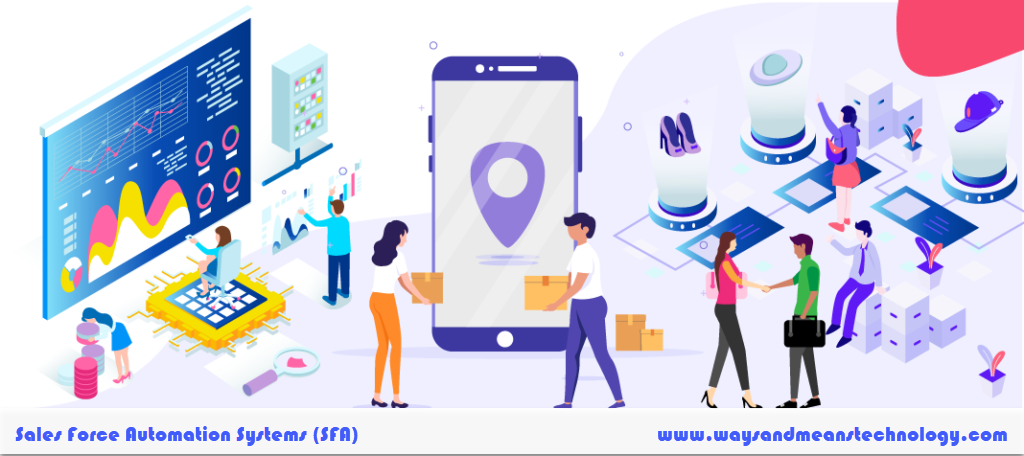What is telemedicine system ?
A telemedicine system is a set of technologies and practices that enable healthcare providers to deliver medical services remotely through the use of telecommunication and information technologies. This can include video conferencing, remote monitoring, and secure messaging, among other tools. The goal of telemedicine is to make healthcare more accessible and convenient for patients, particularly those in remote or underserved areas. It also allows healthcare professionals to more easily share information and collaborate on patient care, even when they are not in the same location. Telemedicine can be used in various settings including hospitals, clinics, and patients’ homes.
Why telemedicine systems are gaining popularity in 2023 ?
Telemedicine is gaining popularity in 2023 due to the ongoing COVID-19 pandemic, which has led to a greater need for remote healthcare services. The ability to consult with a healthcare provider remotely allows individuals to receive medical care while minimizing their exposure to the virus. Additionally, telemedicine can also increase access to healthcare for individuals in remote or underserved areas, and it can also help to reduce healthcare costs. As the world is still dealing with the pandemic, telemedicine is becoming an increasingly important tool for providing medical care.
Another reason for the increasing popularity of telemedicine is the advancements in technology. With the widespread use of smartphones and other devices, it is now easier for people to access telemedicine services. Many healthcare providers have also started to invest in telemedicine platforms and tools to make it easier for patients to connect with physicians remotely. Additionally, many insurance providers now cover telemedicine services, making them more accessible to patients.
Telemedicine also improves the continuity of care for patients with chronic conditions, which is especially important during a pandemic. It allows patients to communicate with their healthcare providers regularly, which helps to keep their condition under control and prevent exacerbations.
All these factors together have made telemedicine an increasingly attractive option for patients, healthcare providers, and payers, making it to gain popularity in 2023.
Telemedicine has grown rapidly in recent years and has become an important tool for delivering healthcare services remotely.
- According to a report by the American Hospital Association, as of 2020, more than 80% of hospitals in the United States were using telehealth in some form.
- A study by the Center for Connected Health Policy found that the number of telemedicine visits increased by more than 50% between January and April 2020 due to the COVID-19 pandemic.
- In 2020, a study by Frost & Sullivan estimated that the global telemedicine market would reach $113 billion by 2025, growing at a CAGR of over 16% from 2020 to 2025.
- According to a report by MarketsandMarkets, the telemedicine market is expected to grow from $38.3 billion in 2021 to $130.5 billion by 2026, at a CAGR of 28.4% during the forecast period.
- The global telemedicine market is expected to grow at a CAGR of 19.7% during the forecast period 2020-2025.
- A study by the Journal of Medical Internet Research found that telemedicine can help improve patient outcomes, reduce costs, and increase access to care, particularly for patients in rural or remote areas.
- In a study of over 1,200 telehealth programs in the United States, the Journal of Medical Internet Research found that patient satisfaction with telemedicine was generally high, with an average satisfaction rate of 89%.
These facts and figures show that telemedicine has become a widely adopted and rapidly growing field, with many benefits for patients and healthcare providers.
What are prominent telemedicine systems available in the industry ?
- Teladoc
- Amwell
- MDLive
- Practo
- Medici
- Doxy.me
- Heal
- MDLINK
- TelmedIQ
- Medici
- Medici Connect
- Doctor on Demand
- PlushCare
- MDL
Major functionalities of a Telemedicine system:
- Administration Panel:
In a telemedicine system, an administrator plays a critical role in managing and maintaining the overall system. The administrator is responsible for setting up and configuring the telemedicine platform, as well as ensuring that it is secure and compliant with relevant regulations and standards. The administrator is also responsible for training staff and providers on how to use the system, as well as providing ongoing support and troubleshooting assistance. They may also be responsible for managing the scheduling of patients and providers, and ensuring that the system is running smoothly. Additionally, the administrator may be responsible for managing the financial aspects of the telemedicine system, such as billing and reimbursement.
- User management (adding, editing, and deleting users)
- Appointment scheduling and management
- Billing and payment management
- Reporting and analytics
- Secure messaging and communication with patients and doctors
- Remote monitoring of patient health data
- Integration with electronic health records (EHRs)
2. Doctor Panel:
Doctors play a crucial role in the telemedicine system by providing medical care and guidance remotely. The role of a doctor panel in telemedicine includes:
- Virtual consultations: Doctors can conduct virtual consultations with patients via video conferencing or phone call, allowing patients to receive medical care from the comfort of their own home.
- Diagnosis and treatment: Doctors can diagnose and treat patients remotely, including prescribing medications and ordering lab tests.
- Patient education: They can provide patients with education and information about their health conditions and treatment options via telemedicine.
- Remote monitoring: Telemedicine technology can allow doctors to monitor patients’ health conditions remotely, such as vital signs, blood glucose levels, and other data.
- Follow-up care: Doctors can also use telemedicine to provide follow-up care to patients, including monitoring their progress and adjusting their treatment plans as needed.
- Referral to specialists: If necessary, doctors can refer patients to specialists for further evaluation and treatment via telemedicine.
- Electronic Medical Record: Telemedicine platform allows the doctor to access the patient’s electronic medical record and get access to patient’s previous health records and treatments, this will help the doctor to make a better diagnosis.

The doctor panel plays a critical role in telemedicine by providing medical care and support to patients remotely, helping to improve access to healthcare for individuals in remote or underserved areas and reducing healthcare costs.
To summarize functionalities of Doctor Panel:
- Video and audio consultation with patients
- Prescription and medication management
- Secure messaging and communication with patients and pharmacists
- Remote monitoring of patient health data
- Integration with electronic health records (EHRs)
3. Patient Panel
In a telemedicine system, patients play a crucial role in the delivery of remote healthcare services. They are responsible for initiating contact with their healthcare provider through the telemedicine platform, which can be done through video conferencing, phone calls, or messaging. Patients are also responsible for providing accurate and complete information about their health status, symptoms, and medical history to their healthcare provider during the telemedicine visit. Additionally, patients are responsible for following any treatment or care plans prescribed by their healthcare provider, as well as for keeping their telemedicine appointments and providing feedback about their experience with the telemedicine system.
Functionalities of Patient Panel in a telemedicine system:
- Video and audio consultation with doctors
- Appointment scheduling and management
- Secure messaging and communication with doctors and pharmacists
- Remote monitoring of health data
- Access to health records and test results
4. Pharmacy Panel:
Pharmacies can play a significant role in the telemedicine system by providing a variety of services that support remote healthcare. Some of the ways that pharmacies can be involved in telemedicine include:
- Medication management: Pharmacies can work with telemedicine providers to ensure that patients are taking the correct medications and dosages. They can also help with medication refills and manage medication interactions.
- Virtual consultations: Some pharmacies now offer virtual consultations with pharmacists, allowing patients to discuss their medications and any concerns they have remotely.
- Home delivery: Pharmacies can also deliver medications to patients’ homes, eliminating the need for them to travel to a physical location to pick up their prescriptions.
- Remote monitoring: Pharmacies can use telemedicine technology to monitor patients’ health conditions remotely, such as blood pressure and glucose level.
- Medical devices: Pharmacies can also provide telemedicine-enabled medical devices, such as blood glucose meters, blood pressure cuffs, and weight scales that can automatically transmit data to a healthcare provider.
- Remote medication adherence: Pharmacies can use telemedicine technology to monitor patients’ adherence to their medication regimen and provide reminders and alerts for patients who need them.
Overall, pharmacies can be an important part of the telemedicine system by providing a range of services that support remote healthcare, improving the continuity of care and enabling better treatment outcomes.
Functionalities that pharmacies panel have in telemedicine system:
- Prescription management
- Secure messaging and communication with doctors and patients
- Integration with electronic health records (EHRs)
- Inventory management
- Order tracking and delivery management
Other functionalities of a telemedicine system:
- Secure login and authentication for all users to protect patient privacy and data security.
- Scheduling and appointment reminders for patients to help keep appointments on track.
- Video conferencing capabilities for virtual consultations, allowing for real-time interactions between patients and doctors.
- Secure messaging and communication tools for patients and doctors to exchange information and medical documents.
- Remote monitoring and tracking of vital signs and health data, such as blood pressure, heart rate, and glucose levels.
- Prescription management and e-prescribing, allowing doctors to easily prescribe and manage medications for patients.
- Integration with telehealth devices and wearables, such as smart watches, to allow for continuous monitoring of patient health data.
- Secure sharing and access to medical records, test results, and other healthcare information.
- Reporting and analytics tools to track patient outcomes and the effectiveness of telemedicine interventions.
- Multi-language support for patients who speak different languages.
- Patient self-service portals for online check-ins, forms, and other self-service options.
- Mobile app support for patients to access the telemedicine system from their smartphones or tablets.
- Support for third-party integrations, such as lab results and insurance information.
- Patient education resources to help educate patients on their conditions and treatments.
- Ability to handle emergency cases and connect with emergency service providers if necessary.
- Quality assurance, audit and compliance management to ensure all the data is handled as per the regulations.
Note: These are general features and depending on the type of Telemedicine system and the company that developed it, the features can vary.
Summary
In conclusion, telemedicine systems have become an increasingly important tool for delivering healthcare services remotely. Telemedicine software development has enabled the creation of telemedicine platforms and applications that can be used by patients and healthcare providers to communicate and exchange information remotely. With the growing popularity of telemedicine, telehealth software development and remote healthcare software development are becoming more common, as more companies and organizations look to develop telemedicine solutions to meet the needs of patients and healthcare providers. Telemedicine app development, telemedicine platform development and telemedicine system integration are also becoming more prevalent as the need for telemedicine solutions increases. In addition, telemedicine solutions development, telemedicine system design, telemedicine software customization and telemedicine technology development are also in high demand. With the increasing adoption of telemedicine, it is clear that telemedicine systems will continue to play an important role in healthcare delivery in 2023 and beyond.
If you are looking to develop telemedicine system contact Ways and Means Technology!
Our telemedicine software development allows patients to easily connect with their healthcare providers from the comfort of their own home. With features such as video conferencing, messaging, and secure data transfer, our telemedicine app is designed to make healthcare more accessible and convenient for everyone.
Our team of expert developers specialize in telehealth software development and remote healthcare software development, creating telemedicine solutions that are tailored to meet the specific needs of your practice or organization. We offer telemedicine app development, telemedicine platform development, and telemedicine system integration services to make sure that our clients have a complete telemedicine solution.
Don’t miss out on the future of healthcare delivery. Contact Ways and Means Technology today and see how our telemedicine software development, telemedicine app development, telemedicine platform development and telemedicine system integration services can benefit your practice or organization.
#Telemedicine #Telehealth #RemoteHealthcare #HealthTech #Innovative #FutureofHealthcare





